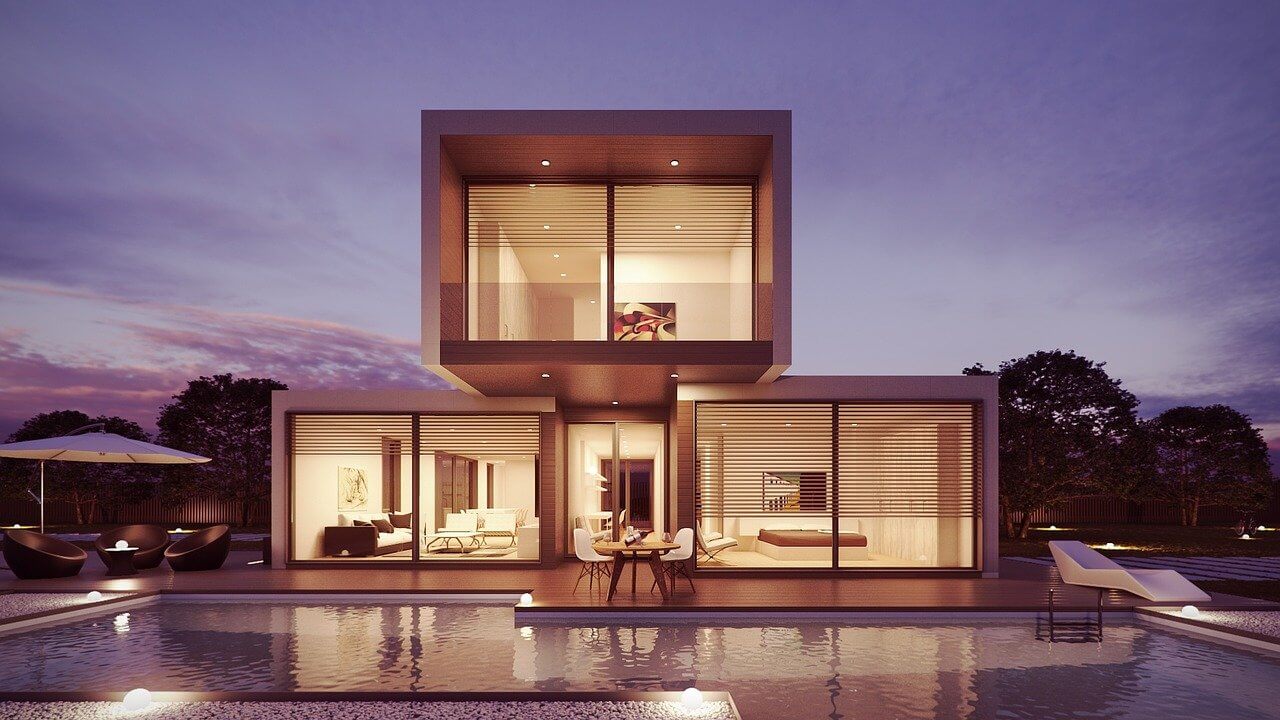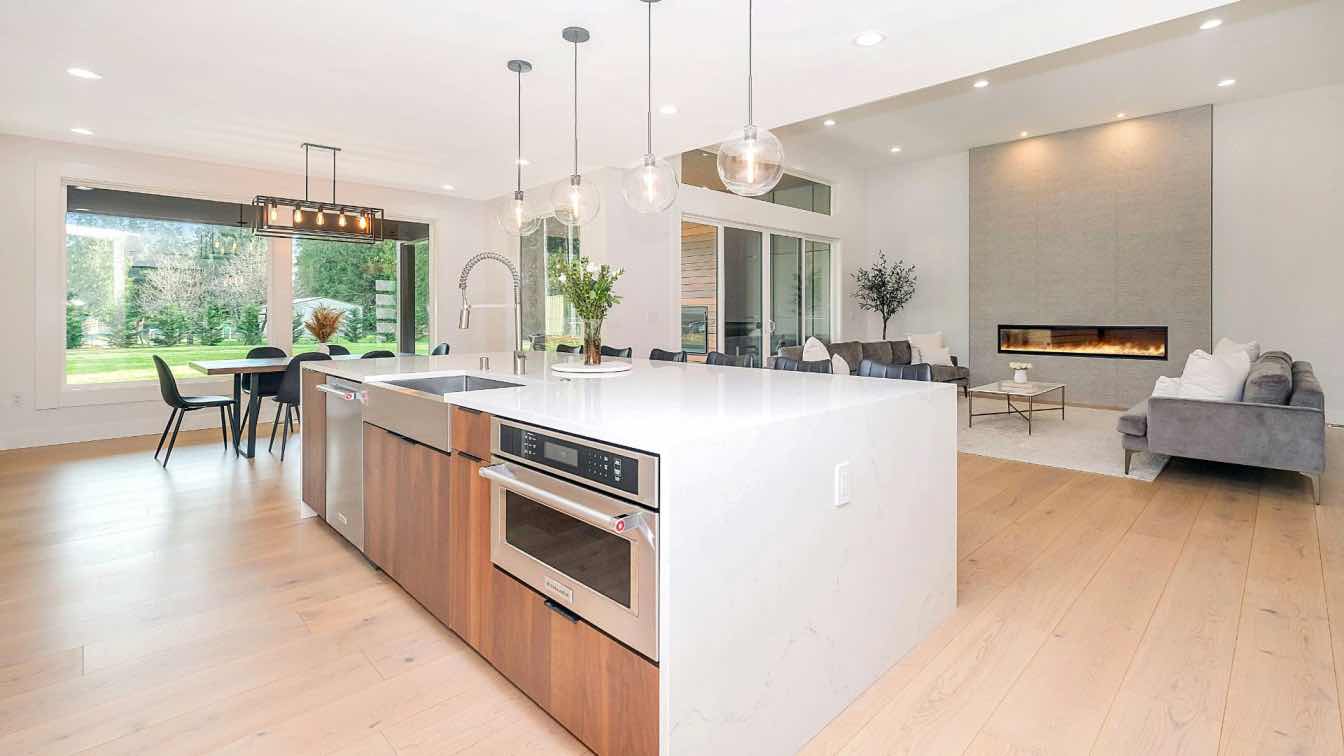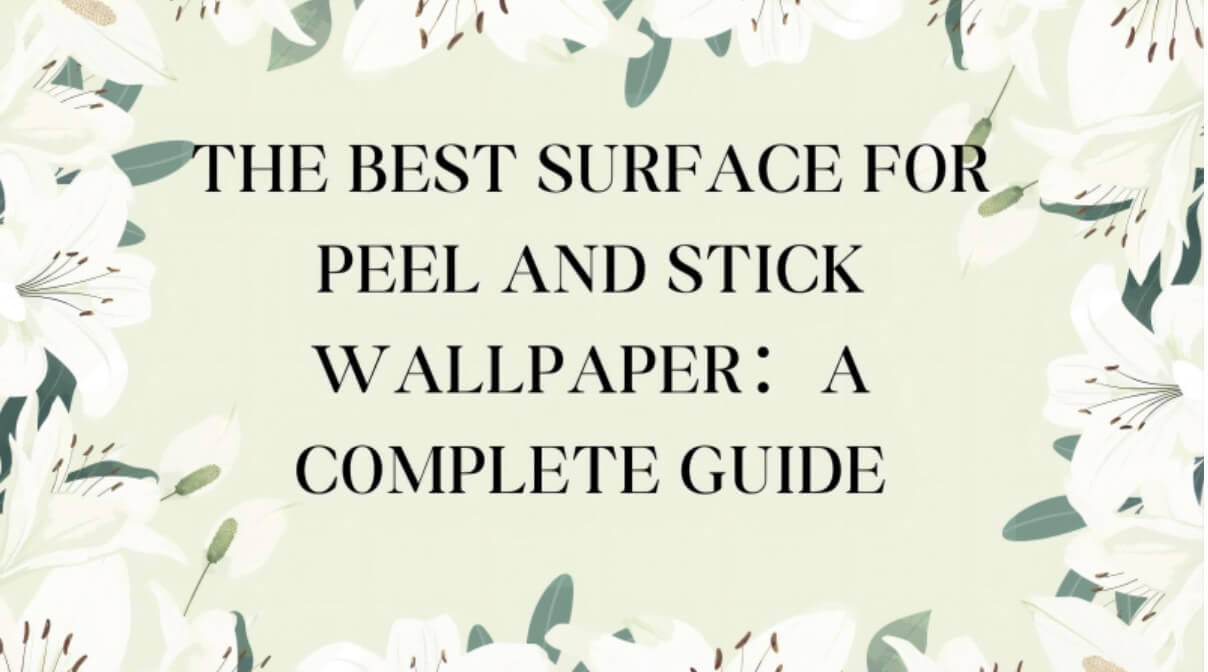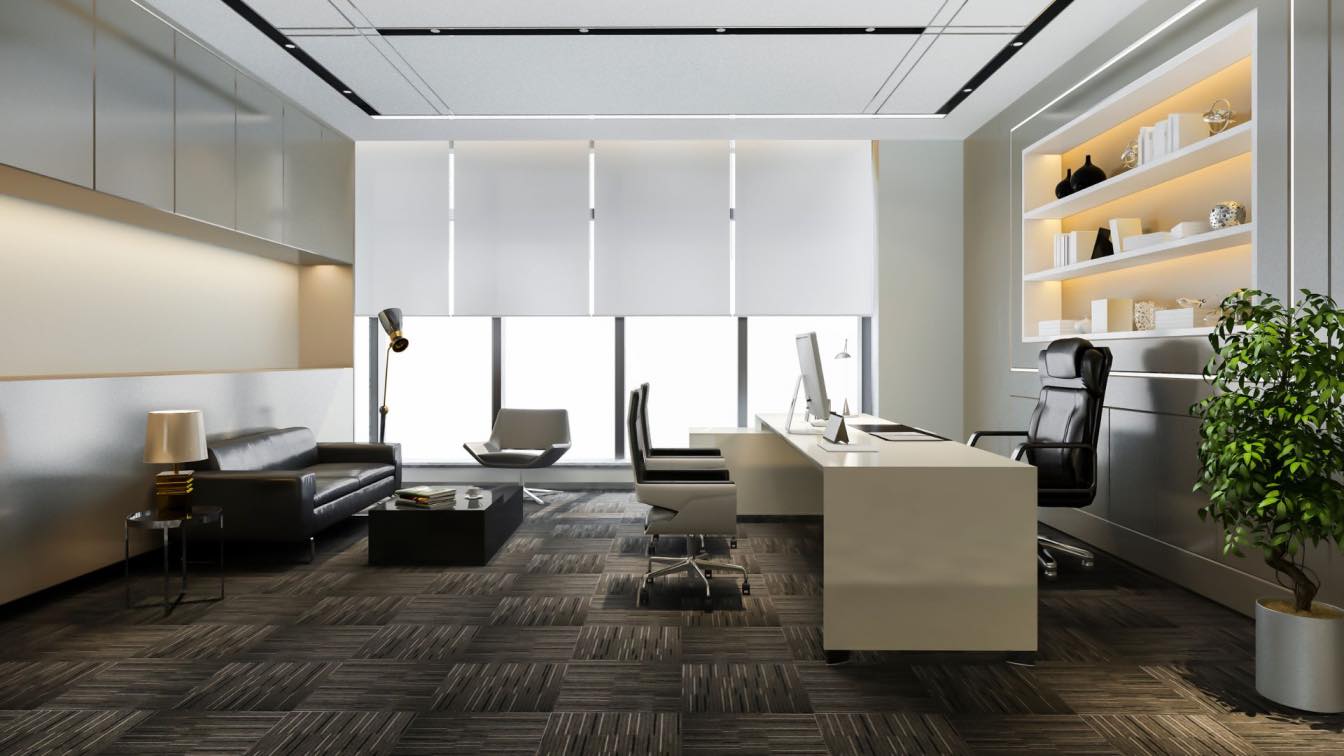Everybody has a home, and it is the most important place we spend our time. Designing your home can be overwhelming because you want to make sure that it matches your personality while also being practical enough for everyday life. Here are some great ideas on how to design your dream home!
Think about what you want your home to be like
Before starting to redesign your home, consider what you want it to look like and feel like. What type of home do you prefer? Do you want a home that is modern or traditional in design? Is the goal for your home more practical than emotional?
When considering these questions, think about who will be using the space most often. Will it just be one person or many people coming through on a regular basis? Think about how much time is spent at home when not at work and how this compares with other homes someone might have access to as well as their spouse's schedule.
Also, consider the climate where any new building will take place. Some places may require different considerations during the heating season or hot weather seasons. When you get this down on paper, you're ready to start on some house plans designs which you are sure will look incredible. Thinking it all out is the first step!
Consider the best way for natural light to enter your space
Natural light is crucial to home design as it provides an abundance of natural vitamin D and gives a home that warm and welcoming feeling. In some cases, artificial light or sunlight cannot provide enough lighting for reading or other tasks such as cooking, so consider the best way for natural light to enter your space by using skylights, windows on south-facing walls, and locating furniture near these natural sources.
Natural light can also promote healthy sleep patterns due to its effects on melatonin production, which is important when choosing where you want bedrooms in relation to living spaces. That's why you should definitely think about it when making your design.
Choose a color palette that reflects the mood of the room
It's very important to use color when designing a home. It's not just about looking pretty, it also has to fit the mood of the room.
- For a study, use blue and green are good colors for an office space that needs to be calming
- Bedrooms should be in soft pastel colors like purple or pink would suit well if you want something relaxing
- A living room should have warm earthy tones such as browns, yellows, and reds to create coziness in a home
- Use different shades of colors to create depth in a home
There are many simple ways to use color when designing a home, and it's also important to be mindful of the mood you want. It will make your home look beautiful!
Add some greenery into your interior design with plants
Plants are crucial home decor items for homeowners. Not only do they add a homely touch to your home, but they also provide various benefits for the home and family as well.
Seventy-nine percent of locally grown plants are used indoors in some capacity. These plants include houseplants that people put on their desks at work or in the living room with others that help filter out toxins from homes such as formaldehyde or benzene. Plants can serve many purposes when it comes to designing a dream home, both inside and outside!
Keep an eye on trends so you can incorporate them
It's cool to keep an eye on home trends. Whether you're looking to make your home green, eco-friendly, or just want a design update for the exterior of your home, keeping up with them is important!
There's a lot more than meets the eye when it comes to housing trends. Building materials are evolving and so too are energy solutions like solar panels, insulation that doesn't contain CFCs (freon) etcetera. It's much easier now than ever before to get an estimate on what different types of homes cost per square foot and have available tools such as Google Maps which allow people to access almost any house they choose in their area.
Consider the floor plan of your home
You need to consider the floor plan of your home, where you live, and what is important to you. Some people like large open spaces with a lot of natural light, while others prefer smaller rooms that are cozier. You need to make sure that there's enough space for all of your needs before starting on any renovations or remodeling projects. If necessary, consider consulting an interior designer who can help with planning everything out.

As you can see, there are many aspects to consider when designing the perfect home. This article has given you some fresh ideas on how to make your interior space reflect who you are and what’s important to you. If it seems overwhelming at all or if any of these factors seem particularly challenging for you, hire a professional for help. With your imagination and some expert tips, you'll have your dream home figured out in no time.
Why Hire Design Professionals?
You can work with an experienced architect or interior designer to help achieve the best look for your home. A professional can help maximize all design elements of your home.
For instance, you might want to equip your house with advanced technological features to make it a smart home. An architect can provide expert advice on the best smart automation, motorized window treatments, high-end smoke detectors, fire alarms, built-in steel safe, and sophisticated home security features for you to have a modern, state-of-the-art home that stands out from the rest of the neighborhood.
If you have great design ideas in mind, hiring a professional can help turn them into reality. For a faster workflow, interior designers, architects, and homebuilders often use advanced tools to help design and build homes according to the desire of homeowners. For instance, a floor plan creator to create quality floor plans quickly. This tool makes it easier to obtain an excellent top-down view of an interior layout.
In addition, hiring professionals can help you determine available fixture and material options that suit your style and budget. Moreover, you can obtain an estimate of how much you need to budget for the painting materials, labor, and other miscellaneous expenses.





